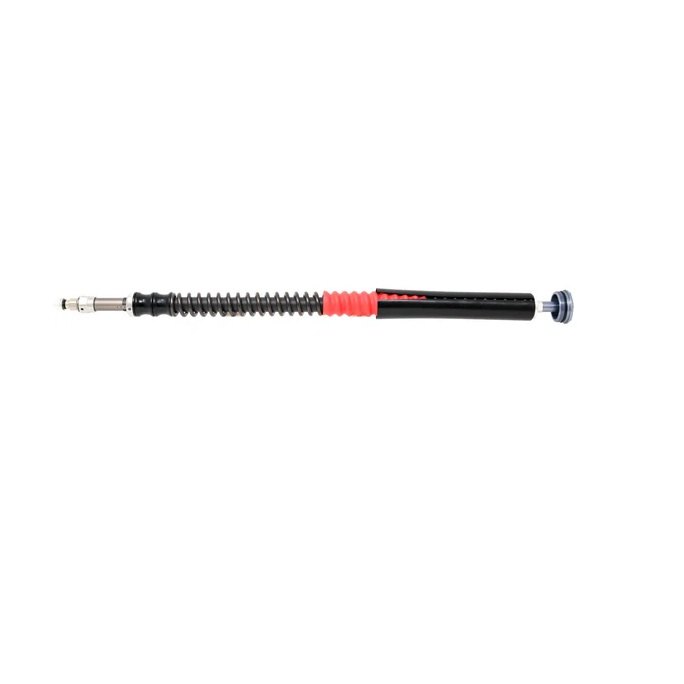There is no "one of the charge cycles". Batteries slowly wear out, depending on many factors, but mainly how much you use it. The 500 charge cycles often quoted in battery specs is just an estimate of how many full charges anyone would do during the life of the battery. It doesn't matter how many times you attach it to a charger.
- Don't leave your battery on the charger for too long after you get the green light.
- Always charge the battery to full, except in case 2.
At the risk of opening a can of worms, the biggest cause of battery degradation is charging to the end point. The battery depends on a very thin passivating layer to protect the electrodes. Each time you charge a battery to "full" you damage this passivating layer and then the electrodes underneath are degraded. This can lead to a loss of capacity - I have seen figures of up to 0.5% per charging cycle. Also, chargers are manufactured with a significant variation in their output these days. I bought one just recently, the spec sheet said 42V +/- 0.3 V, so it could be as high as 42.3V or as low as 41.7 V. 42.3V is not good for the cells longevity, while 41.7V is probably not enough to initiate cell balancing by the BMS. This also invites the question, how long after the charging light goes from green to red should you leave the charger attached? When the colour changes, the charger has switched from constant current to constant voltage mode. The pack could be fully charged, or the BMS may be balancing the pack. If the cells are badly out of balance, this could take hours. You can't tell without opening up the pack and sticking in a voltmeter. But all the time the pack is at 4.2V/cell, more damage is being done to the electrode interface, especially as the best cells will be subjected to more than 4.2V/cell during balancing.
So personally, I only charge to 4.1V per cell. However, not everyone agrees with this approach as it reduces available capacity slightly and a battery BMS only starts balancing at around 4.18V/cell, so if charging to 4.1V/cell, there is the risk that the pack might go out of balance over time. In my experience, I have not found this a problem, packs with well matched cells at manufacture seem to stay in balance quite well over long periods of time and many cycles. Maybe if the BMS is bad and it switches on balancing mode when the battery is not being charged, it could drain some banks relative to others - that could be a problem, and has been reported by some, but I have not seen this myself.
Anyway, Les, I think your packs are old and quite small? Did you say 10Ah? So that being the case, I would just charge them up when you can after a trip and just not leave them connected overnight with the green light on the charger. You will need all the capacity you can get when winter comes as lithium batteries are not great in the cold. Once it gets below 10 deg C, you will start to see the performance drop off and by 0 deg C, it could be 30% less than what you get in summer.










